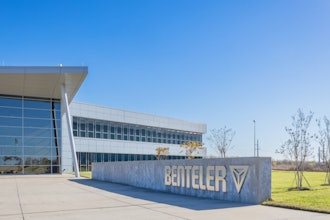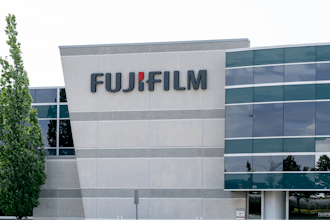NEW YORK, July 11, 2013 — With reporting requirements for the SEC’s Dodd-Frank mandated Conflict Minerals Rule coming due on May 31, 2014, public companies are scrambling to determine their next steps in providing disclosures and transparency required under the new rule, according to PwC’s Conflict minerals survey: How companies are preparing. The survey found that almost half of the nearly 900 executives surveyed are still in the initial stages of their compliance efforts, while 16 percent have not yet begun gathering information, and 32 percent are still determining if the rule even applies to them.
“There’s no time to waste. This can be an incredibly complex process and with the deadline fast approaching, companies will need to interpret the rule as best they can, and in a timely manner,” said Bobby Kipp, partner in PwC’s Risk Assurance practice, and the firm’s conflict minerals leader. “According to our survey, the most significant challenges that companies will face include identifying relevant suppliers, obtaining accurate and relevant information from them and establishing an entity-wide conflict minerals philosophy. Companies should take these potential challenges into account when assessing their compliance timeline and project plan, and designing their conflict minerals approach.”
Of the companies that have at least started gathering information on their conflict minerals status, 72 percent are in the industrial products & manufacturing, technology and automotive industries. These industries have made the most progress in completing the reasonable country of origin inquiry (RCOI), partly due to their engagement with trade associations that are actively involved in the conflict minerals process.
“More than half of the companies surveyed in our study view this rule as primarily a compliance exercise, but it’s important to realize the opportunities it can present. Not only can compliance enhance brand reputation, but it can also create impetus for supply chain and information system improvements that can lead to cost savings,” said Greg Szczesny, managing director of PwC’s Risk Assurance practice. “Industry leaders should look beyond the requirements and see the benefits their efforts could have on business objectives. Our survey shows that 33 percent of the companies are willing to explore these added benefits.”
The single most challenging task for companies is getting accurate information from their suppliers, according to the findings. While it is crucial for businesses to identify how deep into their supply chain they need to go to attain the most up to date information, 58 percent of companies have not yet done so, and more than 40 percent have not done much at all with respect to gathering information and performing their RCOI and the associated due diligence.
Regardless of which department is taking the lead, the majority of PwC’s survey respondents believe that the compliance team should be cross-functional, including departments such as legal, purchasing/supply chain, SEC reporting/finance, internal audit, R&D, information technology and corporate social responsibility/sustainability.
“Approximately 11 percent of companies plan to become conflict-free sometime in the future, and almost a third of surveyed companies expect to require their suppliers to be conflict-free. However, that’s likely not happening in the near future, and the deadline for compliance is quickly approaching,” said Kipp. “It’s critical for companies first to understand the population of products that are within scope, the number of suppliers that provide conflict minerals, and the depth of information accessible from suppliers before they can properly design their compliance program as a whole.”
To download a full copy of the survey, please visit PwC’s conflict minerals website at www.pwc.com/us/conflictminerals.
About PwC’s Risk Assurance practice
PwC understands that significant risk is rarely confined to discrete areas within an organization. Rather, most significant risks have a wide-ranging impact across the organization. As a result, PwC's Risk Assurance practice has developed a holistic approach to risk that protects business, facilitates strategic decision making and enhances efficiency. This approach is complemented by the extensive risk and controls technical knowledge and sector-specific experience of its Risk Assurance professionals. The end result is a risk solution tailored to meet the unique needs of clients.
About PwC US
PwC US helps organizations and individuals create the value they're looking for. We're a member of the PwC network of firms in 158 countries with more than 180,000 people. We're committed to delivering quality in assurance, tax and advisory services. Tell us what matters to you and find out more by visiting us at www.pwc.com/US.






















